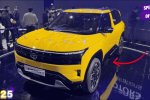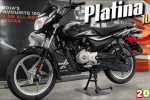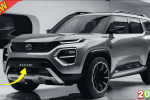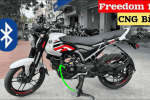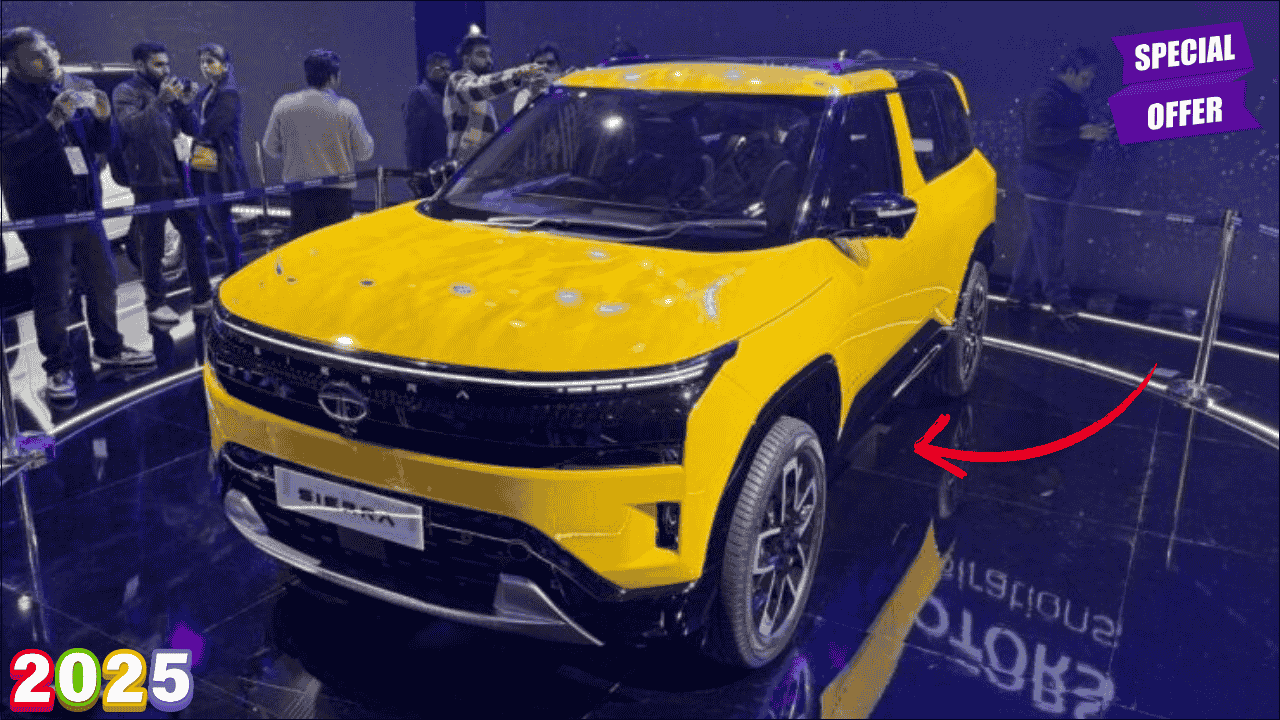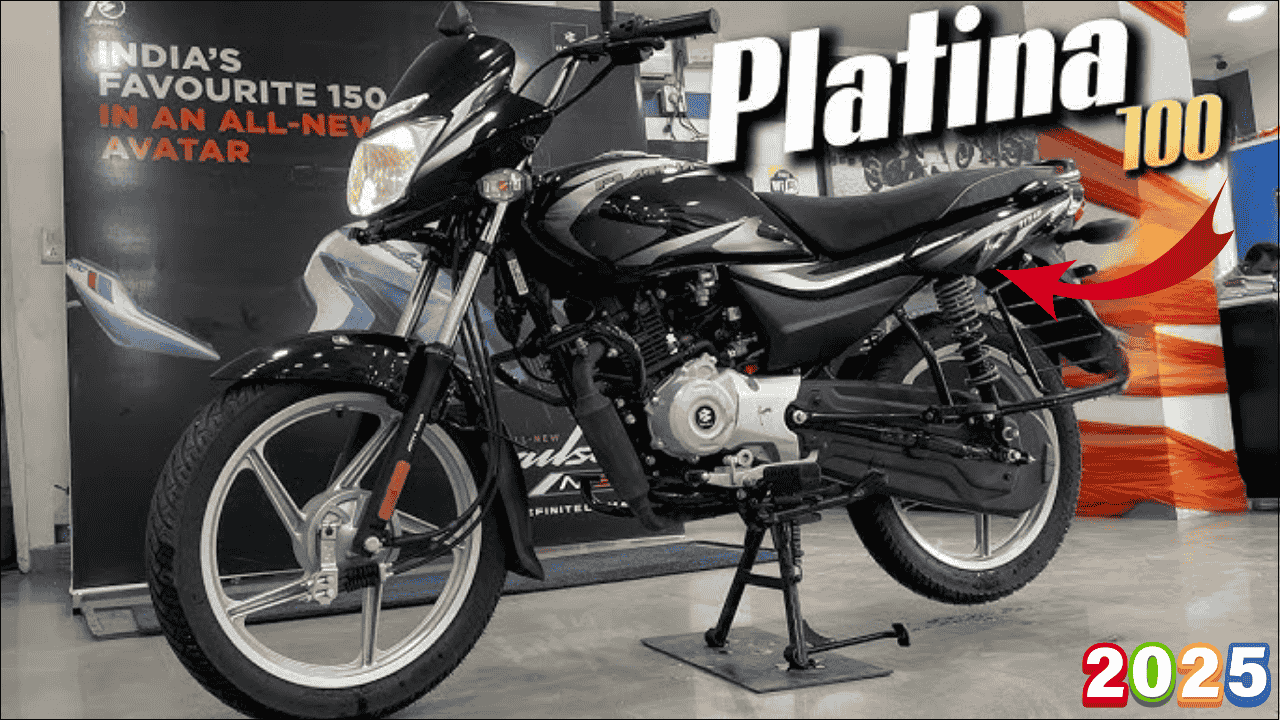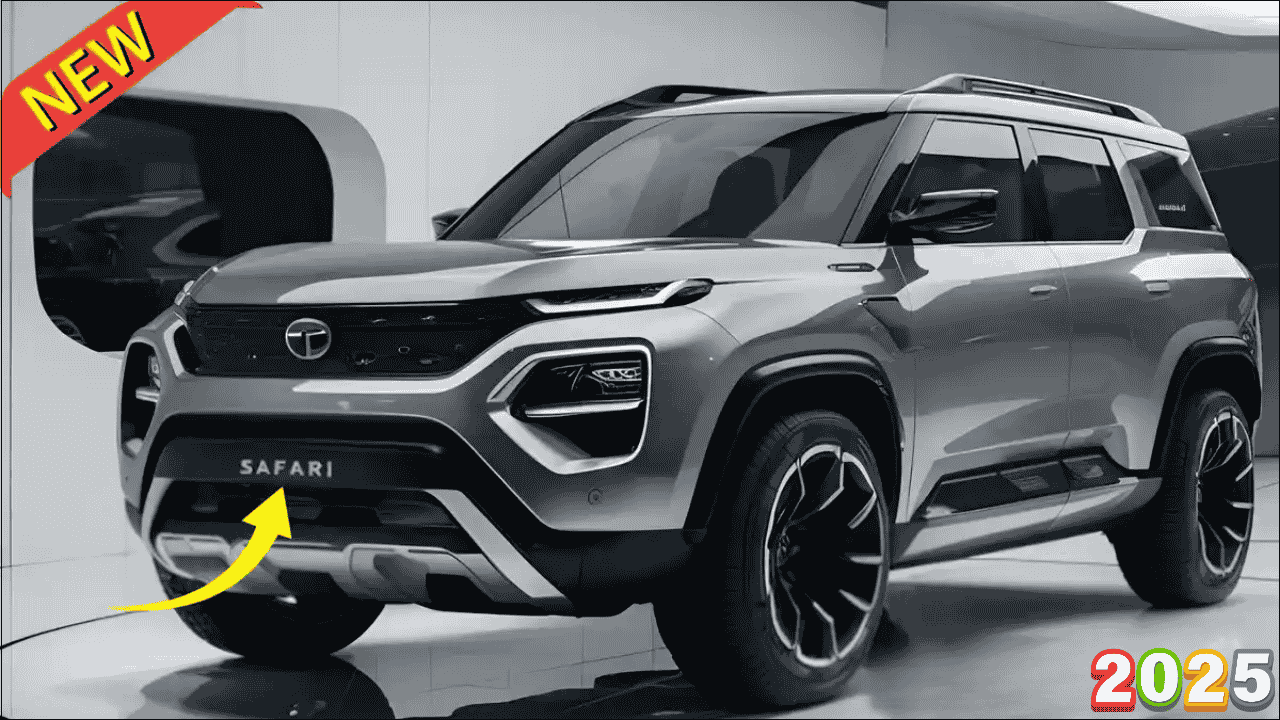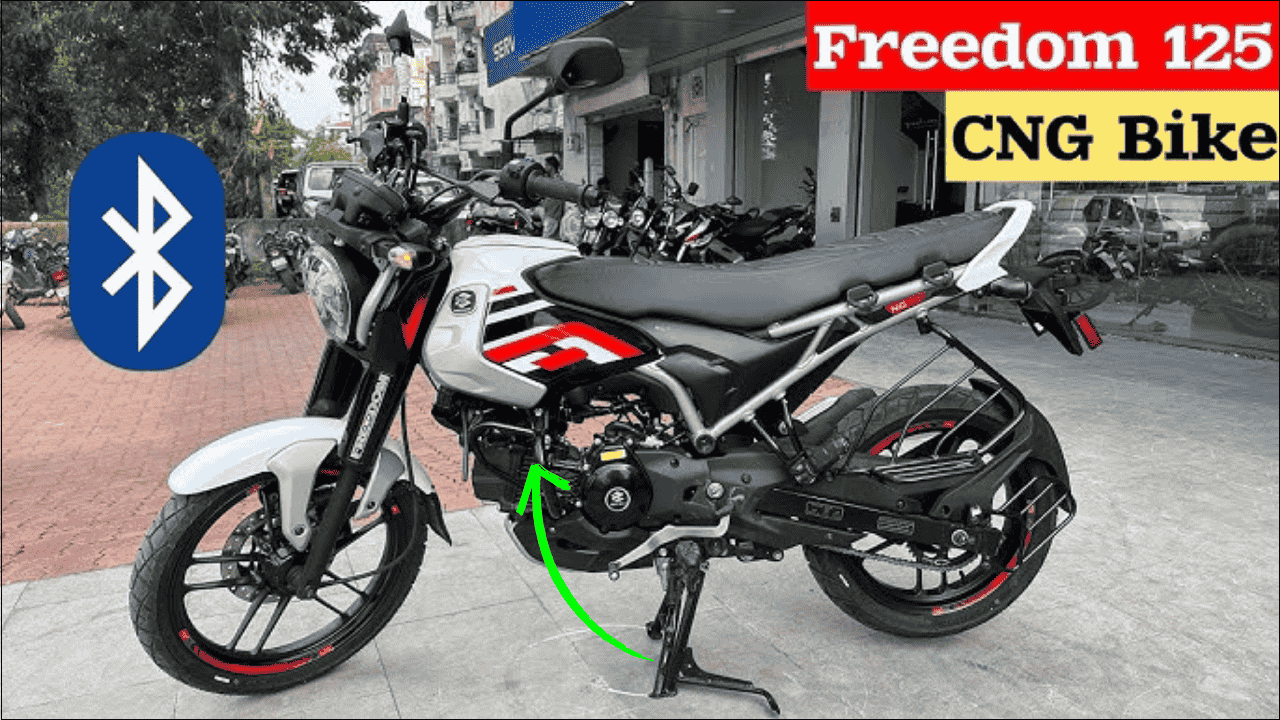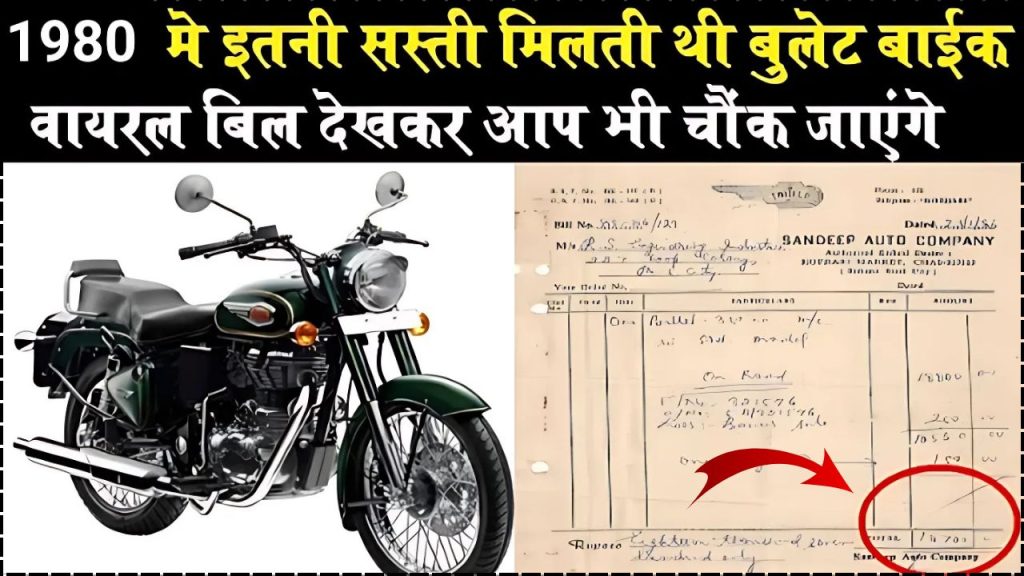
The Royal Enfield Bullet 350 stands as one of India’s most enduring automotive legends, witnessing an extraordinary transformation since its introduction in 1932. The motorcycle’s pricing journey from ₹18,700 in 1986 to over ₹1.75 lakhs in 2025 represents a remarkable 835% price increase that reflects India’s economic evolution, regulatory changes, and the motorcycle industry’s complete transformation.
This dramatic price escalation tells a fascinating story that goes far beyond simple inflation. It mirrors India’s economic liberalization, environmental consciousness, technological advancement, and successful brand positioning strategies that have redefined what consumers expect from iconic motorcycles.
The Bullet’s pricing evolution offers valuable insights into how heritage brands can successfully navigate changing market dynamics while maintaining their core identity and commanding premium pricing through authentic differentiation.
Table of Contents
The Dramatic Price Evolution Timeline
The Bullet’s pricing history perfectly mirrors India’s economic journey through different phases of development, regulatory frameworks, and market transformation over nearly four decades.
| Year | Price (₹) | Key Market Context |
|---|---|---|
| 1986 | 18,700 | Pre-liberalization era, government manufacturing |
| 1995 | 42,000 | Economic liberalization impact |
| 2005 | 70,000 | Emission norms introduction |
| 2010 | 98,000 | BS-III compliance requirements |
| 2015 | 1,20,000 | Premium brand positioning strategy |
| 2020 | 1,50,000 | BS-VI implementation costs |
| 2025 | 1,75,000+ | Advanced technology and brand premium |
This timeline reveals how multiple factors worked simultaneously to reshape the motorcycle’s market positioning, manufacturing costs, and value proposition for increasingly sophisticated consumers.
Inflation Impact vs Real Value Growth
Understanding the true extent of price appreciation requires separating inflation-driven increases from other significant factors influencing the Bullet’s evolving cost structure and market positioning.
| Period | Average Annual Inflation | Cumulative Impact |
|---|---|---|
| 1986-1995 | 8.8% | 117% increase |
| 1996-2005 | 5.4% | 68% increase |
| 2006-2015 | 7.2% | 99% increase |
| 2016-2025 | 4.8% | 59% increase |
If inflation alone determined pricing, the 1986 Bullet would cost approximately ₹1,25,000 today. The additional ₹50,000 premium reflects substantial value additions, technological improvements, and strategic positioning changes that have transformed the motorcycle from utilitarian transportation into a compelling lifestyle statement.
Revolutionary Technological Transformation
The modern Bullet 350 represents a complete technological overhaul compared to its 1986 ancestor, justifying a significant portion of the dramatic price increase through genuine improvements.
| Component | 1986 Specification | 2025 Specification |
|---|---|---|
| Engine Block | Cast iron, carbureted | Aluminum alloy, fuel-injected |
| Braking System | Basic drum brakes | Disc brakes with ABS |
| Electrical System | 6V basic setup | 12V with LED lighting |
| Ignition | Points-based/magneto | Electronic ignition system |
| Frame Construction | Basic steel frame | Advanced alloy construction |
| Instrumentation | Minimal analog gauges | Digital-analog cluster with connectivity |
Each technological upgrade has enhanced reliability, performance, and user experience while adding to manufacturing costs. The fuel injection system alone provides superior throttle response, improved fuel economy, and reduced maintenance requirements compared to the original carburetor setup.
Regulatory Compliance: Environmental Responsibility Costs
Environmental regulations have emerged as among the most significant cost drivers in the Bullet’s price evolution, requiring substantial engineering investments and manufacturing process modifications for cleaner emissions.
The transition from BS-IV to BS-VI alone added ₹15,000-₹25,000 to manufacturing costs per motorcycle. These upgrades included advanced fuel injection systems, catalytic converters, oxygen sensors, and sophisticated engine control units.
While these additions increased costs substantially, they also delivered improved fuel efficiency, dramatically reduced emissions, and enhanced performance characteristics that benefit both riders and the environment.
Strategic Brand Evolution and Market Positioning
Perhaps the most significant factor in the Bullet’s price appreciation has been Royal Enfield’s deliberate brand transformation under Eicher Motors’ ownership since 1994, evolving from utilitarian transportation to lifestyle products.
This repositioning strategy involved substantial investments in research and development, design capabilities, manufacturing quality, and customer experience enhancement. The brand successfully cultivated a community-driven identity extending beyond transportation, incorporating adventure riding culture and heritage appreciation.
Affordability Perspective: Income vs Price Analysis
Despite dramatic absolute price increases, the Bullet’s affordability relative to average income presents a surprising perspective on its evolving value proposition for potential buyers.
| Year | Bullet 350 Price | Average Urban Income | Percentage of Annual Income |
|---|---|---|---|
| 1986 | ₹18,700 | ₹24,000 | 77.9% |
| 2025 | ₹1,75,000 | ₹3,20,000 | 54.7% |
This analysis reveals that the Bullet has actually become relatively more affordable for average urban consumers, requiring a smaller percentage of annual income for purchase in 2025 compared to 1986. This improved affordability ratio helps explain the motorcycle’s sustained popularity despite significant price increases.
Manufacturing Philosophy: Traditional Craft Meets Modern Precision
Royal Enfield’s manufacturing approach has evolved while maintaining traditional elements that contribute to the brand’s unique character and authentic riding experience that enthusiasts value.
Modern production facilities employ precision tooling and quality control systems, yet retain hand-assembly processes for specific components that define the Bullet’s distinctive character and soul.
This hybrid approach between modern efficiency and traditional craftsmanship adds to production costs but creates the authentic riding experience that justifies premium pricing for dedicated enthusiasts.
Future Pricing Trajectory and Market Outlook
Industry analysts project continued price appreciation for the Bullet 350, driven by several emerging factors including electrification pressure, advanced safety regulations, and potential scarcity premiums for traditional combustion engines.
Electrification research and development investments may partially impact traditional model pricing. Advanced safety regulations scheduled for implementation will add approximately ₹8,000-₹12,000 to manufacturing costs.
Current projections suggest the Bullet 350 could reach ₹2.25 lakh by 2030, representing approximately 28% growth over current pricing levels while maintaining its heritage appeal.
Value Beyond Price: Heritage and Community
The modern motorcycle market offers numerous alternatives in the 350cc segment, yet the Bullet maintains premium pricing through differentiated positioning that emphasizes heritage, character, and community belonging over pure performance metrics.
This differentiation strategy allows the brand to command premium pricing while building customer loyalty that transcends traditional price-performance comparisons through unique exhaust notes, riding posture, and cultural associations.
Conclusion
The Royal Enfield Bullet 350’s price evolution represents far more than inflation adjustment. This transformation reflects India’s economic development, regulatory evolution, technological advancement, and successful brand building that has created lasting value.
While absolute price increases appear dramatic, enhanced value proposition, improved relative affordability, and intangible benefits demonstrate that the motorcycle continues offering compelling value in fundamentally different ways than its 1986 predecessor.
Frequently Asked Questions
Q: Why does the Bullet 350 cost significantly more than other 350cc motorcycles?
A: The premium reflects heritage value, distinctive character, strong community following, and retained handcrafted production elements focusing on lifestyle over pure performance.
Q: Has the Bullet 350 become better value despite price increases?
A: Yes, considering technological improvements, safety enhancements, better reliability, and improved affordability relative to income growth with superior features.
Q: Will Royal Enfield prices continue rising at the same rate?
A: Analysts expect continued increases but potentially at slower rates, influenced by electrification costs, safety regulations, and scarcity premiums.
Q: How does the current Bullet 350 compare to its 1986 version?
A: The modern version is substantially superior in reliability, fuel efficiency, safety, comfort, and technology while maintaining classic character.
